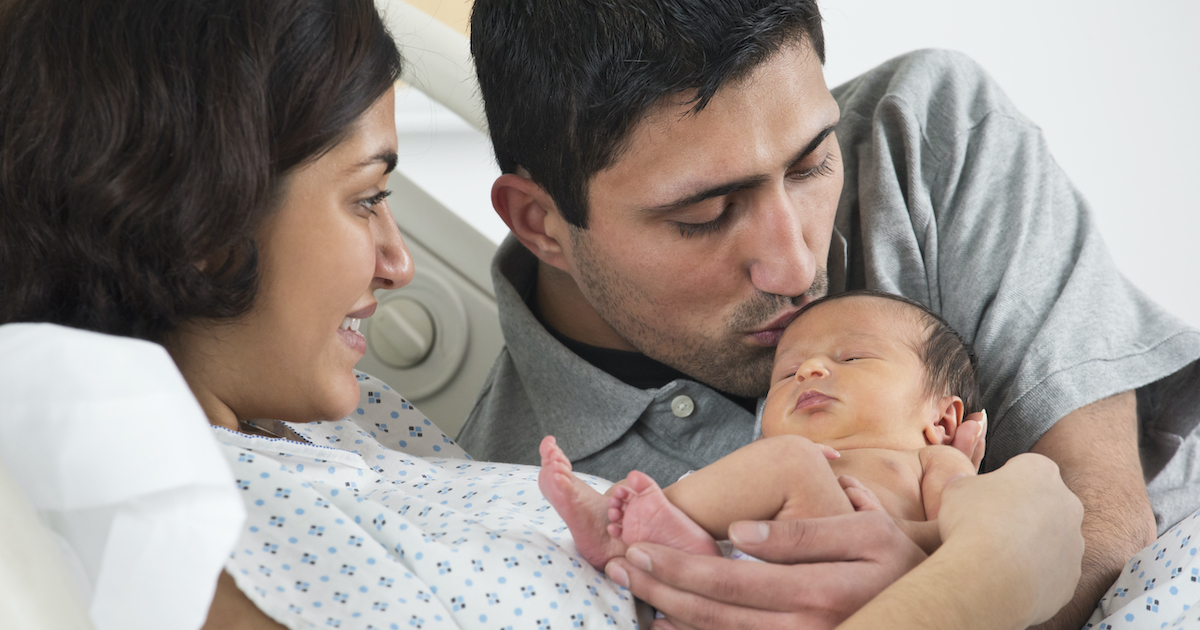
[ad_1]

A new screening programme in India leverages machine learning to reduce the risk of preventable blindness due to retinopathy of prematurity among premature babies.
ROP is a condition that occurs when abnormal blood vessels grow in the retina.
WHAT IT’S ABOUT
CleaVision, a social venture supported by enterprise software provider SAP, developed a solution that automates the identification of retina and blood vessel features and makes a recommendation on plus disease, which is associated with severe ROP in preterm infants. It does this by integrating image data processing with SAP Business Technology Platform, SAP AI Platform, and SAP Analytics Cloud.
The automated deep learning screening technology has been piloted at Narayana Nethralaya Eye Institute (NNEI) in Bangalore, one of the leading eye hospitals in India that has conducted over 2,000 screening sessions for ROP in babies. Now, it has generated a huge database of retinal images from infants in different stages of the disease.
Following this pilot, CleaVision seeks to expand the rollout of its solution through the Karnataka Internet Assisted Diagnosis of ROP telemedicine network.
WHY IT MATTERS
About 20% of 15 million premature babies in the world are born in India. There, around 200,000 infants are said to be at risk of developing an advanced stage of ROP where abnormal growth of blood vessels in babies’ eyes can cause bleeding, scarring, and retinal detachment, ultimately leading to irreversible blindness. According to CleaVision, early diagnosis is essential to help babies get timely treatment to fully recover from this disease.
“With India having the highest number of premature pregnancies and the fact that there are relatively few qualified ROP practitioners, the more we can digitise and automate pre-screening the more time those practitioners can spend on actual treatment,” said CleaVision co-founder Chirag Gupta.
“Using the power of machine learning and data analytics we can help time-pressed doctors focus on treating at-risk babies,” added Narayan V.K., CleaVision co-founder.
Dr Anand Vinekar, the head of the Paediatric Retina Department at NNEI, said the CleaVision screening solution has the potential to assist technicians and ROP specialists in providing a more accurate diagnosis. “That, in turn, would help treat these babies on time, giving a better outcome which prevents blindness from ROP,” he added.
With this technology, the screening programme can also be scaled to reach low-resource settings.
MARKET SNAPSHOT
A similar automated deep learning system to detect advanced ROP in premature babies is being developed in the United States through the support of the National Eye Institute. In 2020, the device was given breakthrough status by the Food and Drug Administration.
Meanwhile, in Australia, researchers from the University of South Australia also used AI to develop a computer vision system to remotely monitor the vital signs of preterm infants and detect their faces while lying in hospital beds.
[ad_2]
Source link





No comment yet, add your voice below!